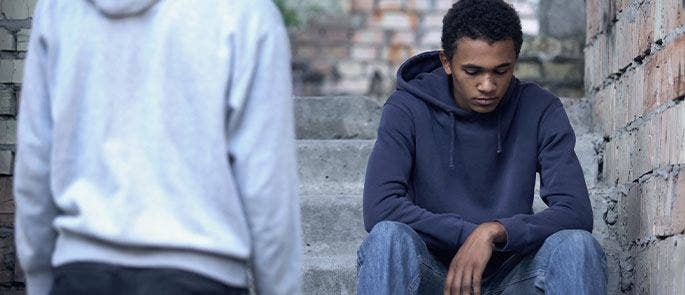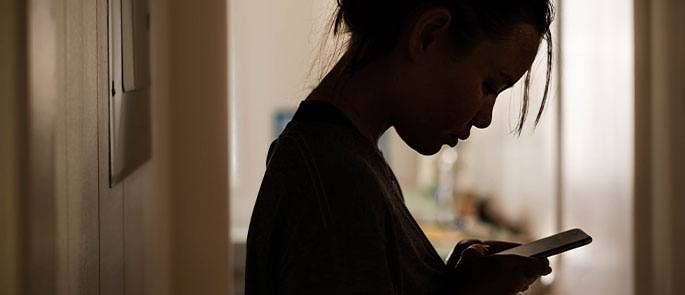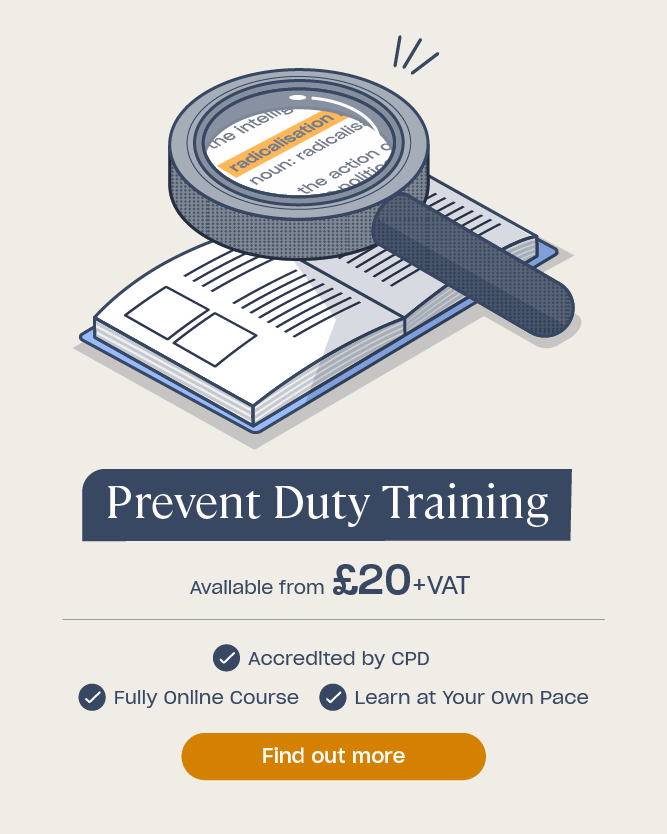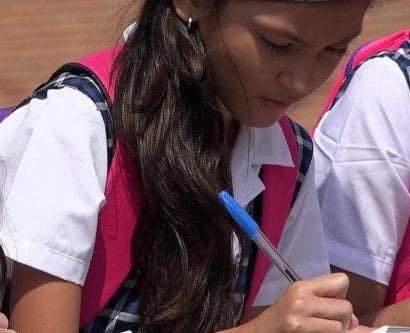What Does Radicalisation Mean?
Radicalisation can have a devastating impact on children, their families and their communities. Not only can it lead to the spread of extremist beliefs, but also harmful behaviours and, in some cases, acts of violence. If you work with children, then you have a duty to help protect them from the risks of radicalisation. In this article, we’ll explain what radicalisation means, how it can affect children, the signs to look out for and ways you can help to prevent it in your setting.
What is Radicalisation?
Radicalisation is the process through which a person – child or adult – comes to support or become involved in extremist ideologies. These ideologies are often political or religious, but can be based on other beliefs.
For children and young people, radicalisation can be particularly dangerous, as it can shape their worldview at a formative age, influencing their decisions, relationships and future prospects.

Signs of Radicalisation
Sometimes the signs of radicalisation are obvious – such as using extremist language, glorifying extremist figures or showing belief in conspiracy theories – but in many cases the signs of radicalisation are subtle and develop over time
It’s also important to remember that these signs do not automatically mean a child is being radicalised, but they can be cause for concern when seen together, or when seen alongside other changes in behaviour.
In children, possible indicators of radicalisation might include:
- Becoming withdrawn or spending more time alone.
- Losing interest in normal hobbies or schoolwork.
- Using language that sounds scripted or that mirrors extremist rhetoric.
- Increased anger, frustration or obsessive behaviour.
- Changing friendship groups suddenly.
- Showing a strong focus on one subject, such as immigration or political conflict.
- Becoming intolerant or disrespectful of others with different views.
- Spending more time online, particularly on unregulated platforms.
- Sharing hateful content, views, memes or symbols on social media.
Want to Learn More?
In the UK, all educational professionals have a responsibility under the Government’s Prevent duty to recognise the signs of radicalisation, report concerns and keep children safe from harm. Our online Prevent Duty Training is the perfect introduction and covers all the latest Prevent duty guidance.
Process of Radicalisation
The process of radicalisation is rarely the same for everyone but it often follows a similar, gradual path. To begin with, a child may be exposed to extremist ideas through social media, online forums, friends, family members or community groups. In some cases, individuals or groups actively target vulnerable young people to recruit them into a cause.
There are many factors that can make a child or young person more susceptible to radicalisation, such as isolation, low self-esteem, feelings of injustice or a desire to belong.
Radicalisation can also be linked to different forms of extremism, including political, religious or social ideologies. For example, harmful attitudes towards women can develop into extreme misogyny, which is another area of safeguarding concern.

The process of radicalisation generally follows four key stages:
- Exposure – the child has their first contact with extremist material or beliefs.
- Engagement – the child begins to show an interest in these beliefs and starts to explore these ideas further.
- Adoption – the child accepts the extremist views as their own.
- Action – the child potentially takes steps to support or participate in extremist activity, from sharing videos online to donating money or joining an organisation.
How to Prevent Radicalisation
If you work with children and young people, then you have a legal responsibility under the UK Government’s Prevent duty to help stop them from being drawn into terrorism. Prevent is part of the UK’s counter-terrorism strategy and applies to all schools, childcare providers, local authorities and certain other sectors.
To reduce the risk of radicalisation in your setting, you can:
- Create a safe space for healthy debate and discussion around controversial topics.
- Teach children how to think critically about information they see or hear online.
- Help children understand how to verify online content through media literacy skills.
- Provide a confidential support system, such as school counsellors, for students to express concerns in private.
- Encourage respect for different views and cultures and celebrate them in the classroom.
- Build resilience so children can challenge extremist narratives.
- Incorporate fundamental British values into lesson plans.
- Run awareness sessions for parents on online risks and signs of radicalisation to be aware of.
- Partner with community organisations, youth groups and faith leaders to create a network of trusted support.
If you believe a child is at risk of radicalisation, then it’s vital that you follow your organisation’s safeguarding procedures. In the first instance, this may involve contacting your Designated Safeguarding Lead or making a referral to the local Prevent team. What’s most important is that you always take action.
Radicalisation is the process of gradually influencing someone to adopt extremist beliefs and potentially harmful behaviours. For children, this can be especially damaging. By recognising the signs early, creating a supportive environment and following safeguarding procedures, you can help protect young people from radicalisation by building their resilience, encouraging respect and ensuring every child feels valued and heard.
Further Resources:
- How to Encourage Critical Thinking in the Classroom
- Prevent Duty Training: What Do I Need to Know?
- Prevent Duty Training











